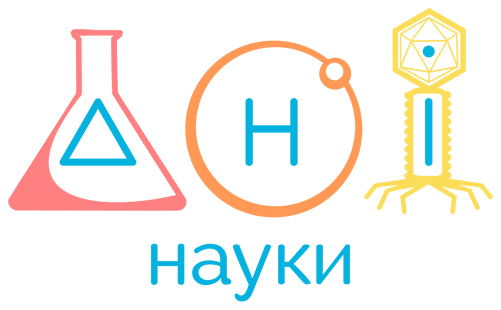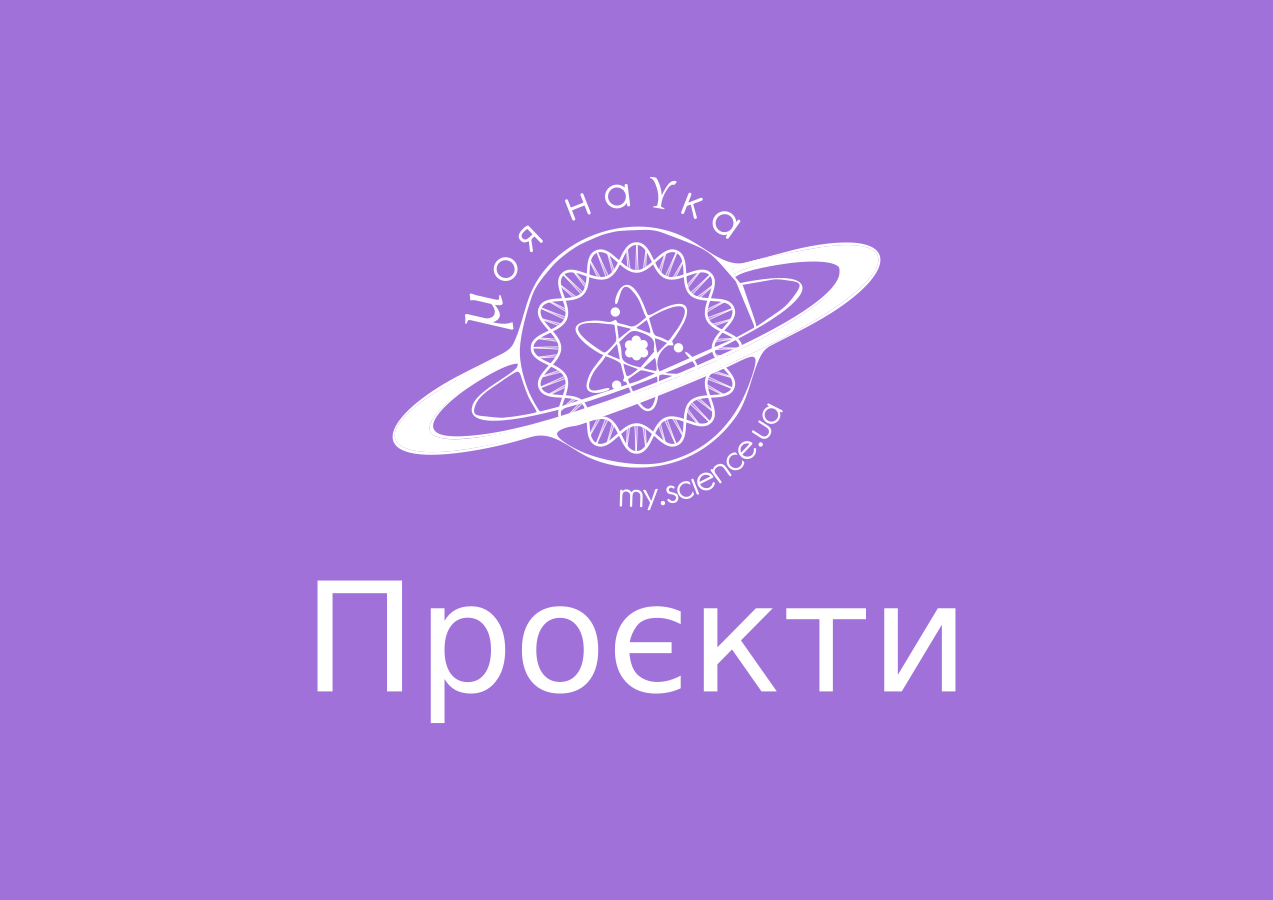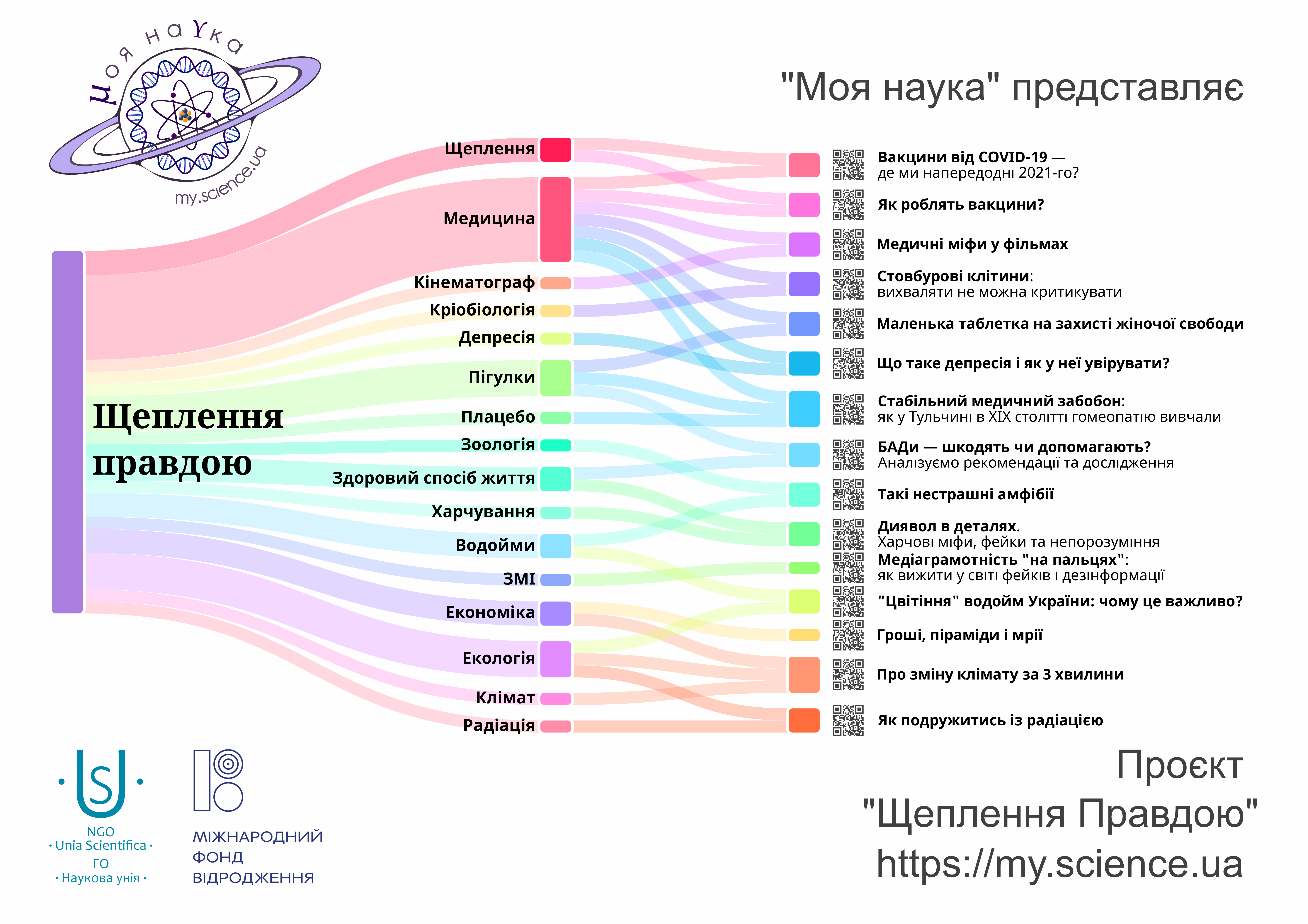Background and Early Studies of Krontowsky
Oleksiy Antoninovych Krontowsky was born in Perm, Northern Russia. His father was Antonine Krontowsky. Thus, little is known of his ancestry and childhood. In his autobiography account he gave to an interrogator in Kyiv prison, Krontowsky said he was a son of Permian Realschule physics and mathematics teacher.
Anyway, in 1906 he entered the Medical department of Kyiv University of St. Volodymyr. Here he found a place full of science enthusiasm. It seems Krontowsky from the very beginning attached himself to Wolodymyr Lindenmann, professor of general pathology. Lindenmann was a very energetic man, who drove the department’s lab, leaded Kyiv Bacteriologic Institute, and taught at Women High Courses Medical Department. After Ukrainian Revolution of 1917-1921 he became the rector of Veterinary and Zootechny Institute, despite in a short time he fled to Poland.
Lindenmann was active in the field of renal pathology, developed an animal model of nephritis (clarify). Nevertheless, he was interested in many fields of general pathology, as well as zoology – he published a textbook on the latter and established a Zoology museum of the University.
Lindenmann improved laboratory of general pathology equipment and gave his pupils different topics of research. Krontowsky got his topic in lipid methabolism. This was his first research work. He got a golden medal for it and high recognition from his teacher.
After graduating from the University in 1911 Krontowsky was recommended to research work by Lindenmann and so enrolled to the staff of Bacteriology Institute. Here he devoted himself to cellular pathology. This was the time when Alexis Carrell established new methods of cell cultivating outside animal organism. With Leonid Polev Krontowsky started to study these methods. Whether it was independent or taken from a foreign lab it currently remains unknown. There is a note on his visit to London in 1915, but without clarification of his activities there.
Next few years were quite fruitful. In 1916 and 1917 Krontowsky and Polev published two monographs. In parallel Krontowsky started teaching at the University as well as at Women Medical Institute. He was promoted to privat-dozent degree (analogue of assistant professor at German-Russian degree system) somewhere in this time.
In 1917 Krontowsky was 32. Next years he tried to be as apolitical as he could, and stayed attached to research. This helped to avoid unwanted attention during regular changes of powers in Kyiv, namely 15 inbetween 1917 and 1921. It played own role in the subsequent history, as no side claimed his as “ours”: neither Ukrainian, as he wasn’t in Ukrainian national movement, nor communists, as he wasn’t of the “right” (proletarian) origin, or Poles, as his connection with his ancestry was not seen. To add more: this apolitical life did not save Krontowsky from later detention in 1931.
So how do we know what Krontowsky did in 1917-1921 except for his personal traits – devoted to science and his beloved cells? This can be seen by the works of his students. In the beginning of 1918 a young woman doctor arrived in Kyiv from Yuriiv (known in Europe then as Dorpat, and nowadays Tartu in Estonia).
![]() This page is created as a part of Linda Hall Library project “Cell culturing pioneers at the edge of the prison cell: cell biology advances in Kyiv in the political turbulent first third of 20th century” and funded by LHL Ukrainian Fellowship 2023 grant. Author: Oleksiy Boldyriev. This work is licensed under a Creative Commons Attribution 4.0 International License.
This page is created as a part of Linda Hall Library project “Cell culturing pioneers at the edge of the prison cell: cell biology advances in Kyiv in the political turbulent first third of 20th century” and funded by LHL Ukrainian Fellowship 2023 grant. Author: Oleksiy Boldyriev. This work is licensed under a Creative Commons Attribution 4.0 International License.





Коментарі